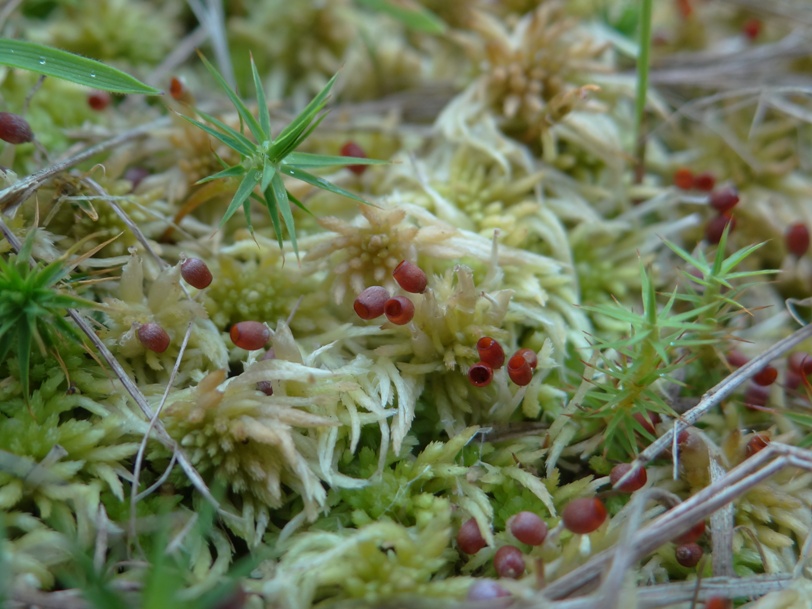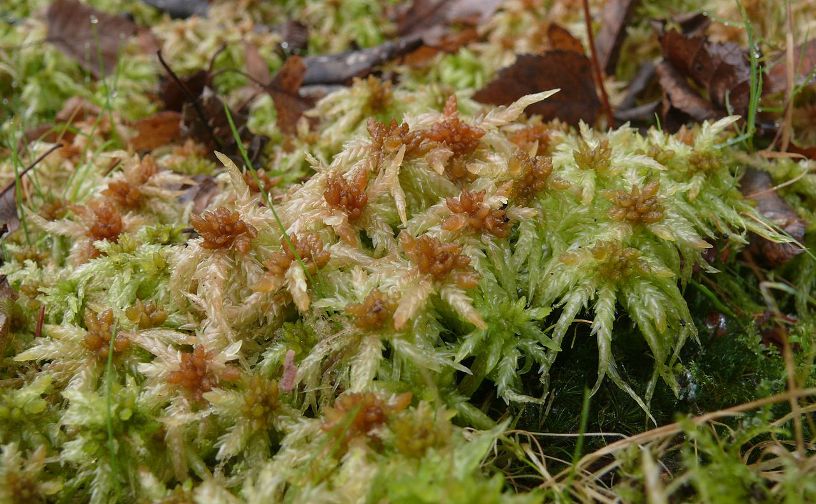Blunt Leaved Bog Moss
Sphagnum palustre
Peat moss family (Sphagnaceae)
Sponge holding bog bodies
Sphagnum moss is a very primitive plant that has no roots and no system for the internal transport of water and nutrients. Yet acting as a giant sponge peat moss can absorb a lot of water - in fact up to 25 times its own weight. In exchanging nutrients for hydrogen ions they create a highly acidic environment in which to live. When a corpse is buried in a swampy area with living Sphagnum it will stay intact for thousands of years.
Raised bogs develop from Sphagnum dying at its lower parts but continuing to grow at the top. Up until about 800 years ago raised bogs covered large parts of the Netherlands before they were drained for agriculture and peat extraction.
Sphagnum also possesses antiseptic properties. For that reason it was hung in wells to keep the water pure. There are dozens of species of Sphagnum of which the species Sphagnum paluste occurs worldwide.
Themes
Crown jewel in the Nijmegen Botanic Garden.
It has antiseptic properties.
Sphagnum is cut, dried and used as fuel (peat). Through this usage many lakes in the Netherlands were formed such as the Nieuwkoop Lakes and Vinkeveenseplassen.
Details
| Description: | Ground cover, primative spore-bearing plants up to 25 cm long forming vast, knobbly carpets. |
|---|---|
| Distributions: | Europe, asia, north and south america, australia and new zealand |
| Habitat: | Plant community: sphagnum is an indicator species for the bog heather flora (sphagno palustris 'ericetum'); due to its water retention ability, spahgnum makes it possible for other plants to grow. |
| Year cycle: | Perennial (trees and shrubs included) |
| Notes on flowers: | The sporangia are almost globose. |



